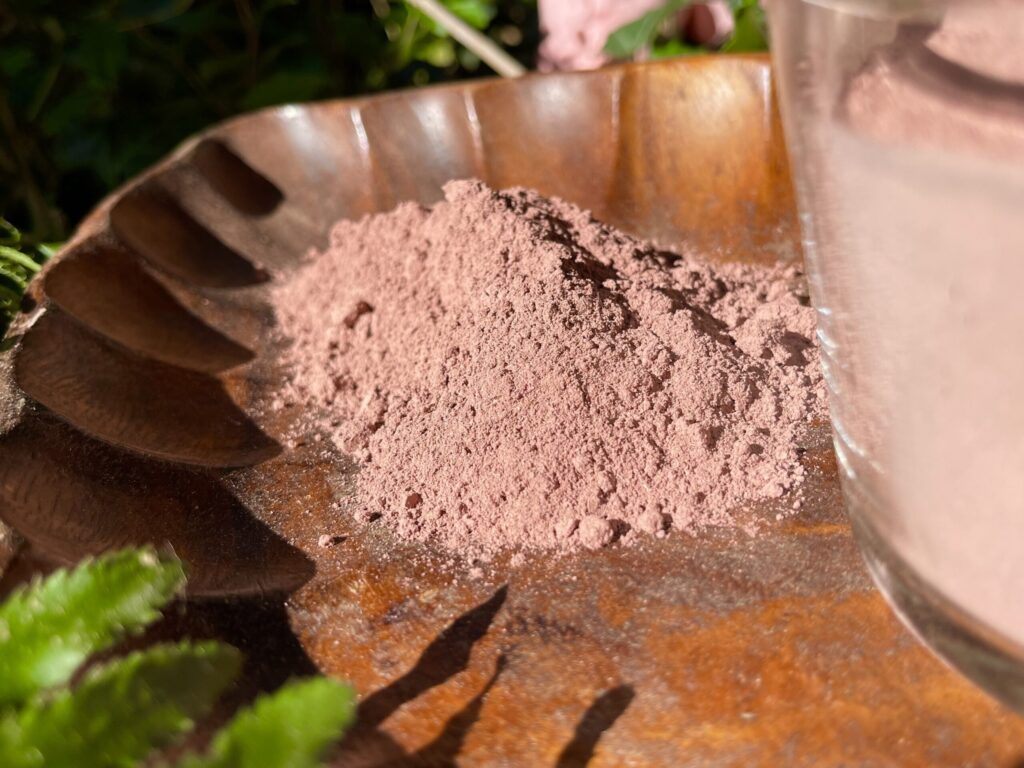Mimosa hostilis inner root bark commonly abbreviated as MHRB has emerged as a focal point in discussions about sustainable wellness, drawing attention from herbalists, spiritual seekers, and alternative medicine practitioners alike. Derived from the Mimosa hostilis tree, native to South and Central America, the inner root bark is renowned not only for its rich concentration of natural compounds but also for its potential role in promoting holistic health. Often revered for its use in traditional medicine and spiritual ceremonies, MHRB offers a compelling blend of natural chemistry and cultural heritage that aligns with the growing global movement towards sustainable, earth-friendly wellness solutions. One of the key aspects that makes Mimosa hostilis inner root bark a valuable component in sustainable wellness is its rich concentration of tannins, flavonoids, and alkaloids. These naturally occurring compounds have been linked to various health benefits, including anti-inflammatory, antimicrobial, and antioxidant properties. For centuries, indigenous populations in Brazil and Mexico have used preparations made from MHRB to treat wounds, skin infections, and burns due to its regenerative qualities.

Today, natural health practitioners continue to explore these traditional applications in a modern context, advocating for its use in skincare and holistic healing routines. Its potential to support skin repair and fight oxidative stress positions it as an attractive alternative to synthetic treatments, reinforcing the demand for plant-based wellness products. Beyond physical health, Mimosa hostilis inner root bark is also deeply associated with spiritual wellness. It contains dimethyltryptamine DMT, a powerful natural psychoactive compound that plays a central role in traditional Amazonian shamanic rituals, often used to facilitate deep introspection, emotional release, and spiritual awakening. While the legality and use of DMT vary across regions, the cultural and ceremonial significance of Brazilian MHRB in indigenous practices underscores its role in mental and spiritual health. As more people seek ways to reconnect with nature and access deeper levels of consciousness, interest in sacred plants like MHRB continues to rise. This reconnection is a critical aspect of sustainable wellness one that honors the wisdom of ancient traditions while addressing the mental health challenges of modern life.
In terms of sustainability, the use of Mimosa hostilis can be ecologically viable when harvested responsibly. The inner root bark can be collected without destroying the entire tree, allowing it to regrow and continue contributing to the ecosystem. However, with the rising global demand, sustainable harvesting practices are more important than ever. Ethical sourcing, fair trade practices, and community-based cultivation initiatives can ensure that this valuable plant remains available for future generations. As consumers become more conscious of where their wellness products come from and how they impact the environment, MHRB stands out as a symbol of balance between tradition and innovation, healing and respect for nature. Mimosa hostilis inner root bark represents a powerful convergence of natural healing, spiritual insight, and ecological responsibility. Its diverse applications in skin care, alternative medicine, and sacred traditions reflect a broader trend towards integrated and sustainable wellness. By embracing such botanicals, individuals not only nurture their bodies and minds but also support a more harmonious relationship with the earth.



